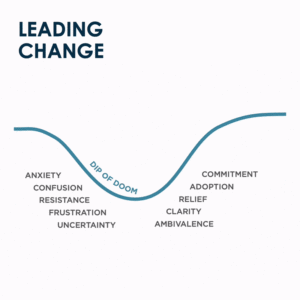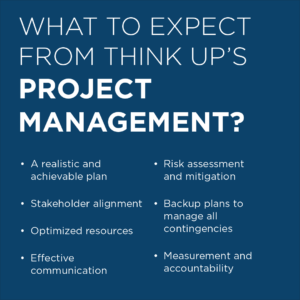The Internet has given us the ability to learn almost anything, anywhere. One of the most common ways people learn online is through video. According to research conducted by Google, 86% of YouTube viewers say they often use the platform to learn new things (source: Think with Google). While learning via video was already on a steady rise before 2020, the COVID-19 pandemic led us to learning even more from home—whether that was homeschooling children, teaching ourselves how to cut our own hair, or learning new sourdough recipes.
There is no doubt that video learning is here to stay—and for good reason, too:
- At Level 1 of the Kirkpatrick model, learners typically rate videos higher than traditional eLearning approaches—meaning they find it more enjoyable, engaging, and relevant (source: Kirkpatrick Partners).
- Videos offer more flexibility in delivery. They can be deployed across multiple devices (desktop, mobile, etc.) and outside of training for sustainment, change management, refreshers, and more.
When done right, video can be an incredibly effective learning tool. At Think Up, we produce video learning that is effective, engaging, and results oriented. Here are just a few of the key best practices that we follow when producing videos:
- Follow Mayer’s Multimedia Principles to boost learning outcomes. (The Segmenting Principle and the Voice Principle are two of our favorites—they are simple to follow but produce big results!)
- Use tasks, dialogue, and critical thinking to turn a passive video experience into an active one.
- Include subtitles in English, Spanish, and other relevant languages to make videos accessible.
We would love to help bring your learning to life through video. Come think with us!



